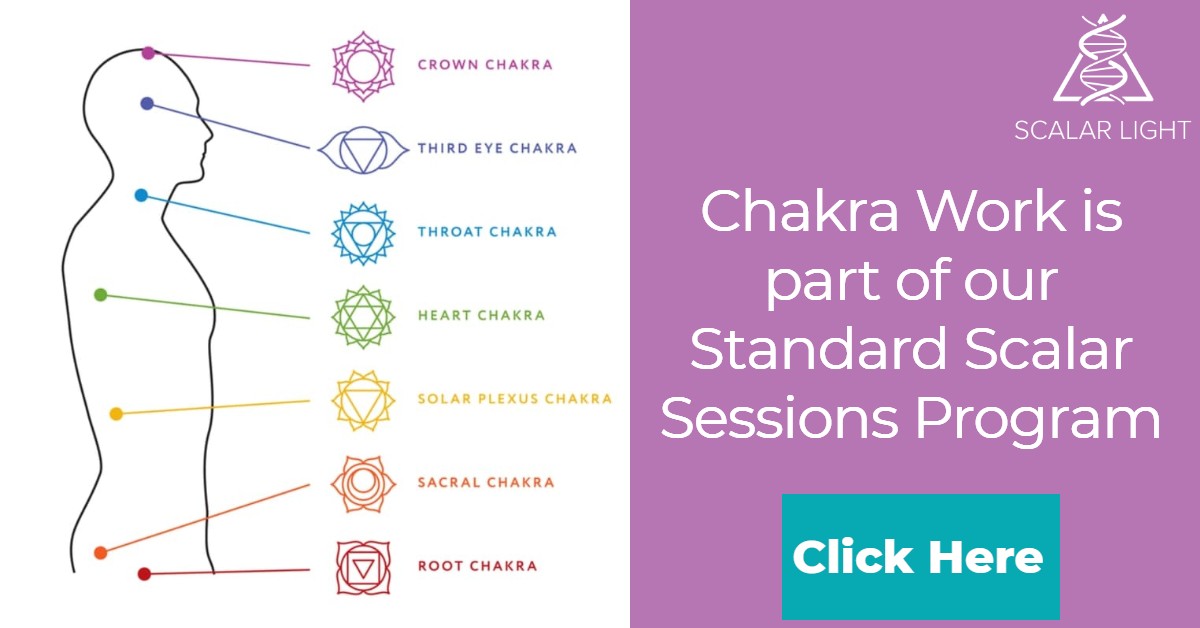A Brief History of Chakra Knowledge
The origins of the Chakra, Cakra System or Chakra Balancing knowledge may be traced back to India, first appearing in texts called the Vedas between 1500 and 500 BC. One also finds the chakras referenced in other ancient texts in other series of ancient texts, the Upanishads. The Shri Jabala Darshana, the Yogi-Shikka, the Shandilya, and the Cudamini Upanishads all mention this system of points which correlate to places along the spine. Despite the mentioning of them in extant texts, Indo-European wisdom on the Chakra System was largely disseminated by oral tradition.
On the whole, the chakras are thought to correlate with numerous bodily processes and functions. They also direct such things as emotions, mental acuity, general health, healing of the mind. Moreover, each of the seven main, spinal chakras have corresponding colours and elements associated with them. In order for the system to work and aid the body properly, the Chakras must be balanced or optimized through varying forms of therapy, meditation, or other such activities performed with or without the aid of someone familiar with and trained to work upon, chakras and chakra balancing.
Chakra Therapy In Modernity
The emergence of the New Age movement in the late 1980s and 1990s was largely responsible for introducing the chakras to many in the West. Prior to this, Eastern religions and philosophies were the domain of those familiar with chakras and balancing. The introduction, subsequent popularization and familiarity with other, non-Judeo-Christian belief approaches in Western Cultures also generated a host of initiates spurred on by a new-found interest in Eastern religion. Those interested studied the chakras as part of these alternative viewpoints and began working with and balancing the chakras, as a form of New Age health and wellness practice.
What is a Chakra?
The word chakra refers to a disk or wheel that is in various states of spin depending upon that chakras balance and health. The seven main chakras are found along the spine, and up to as many as 114 are found throughout other corporeal locations. Balancing these points is considered crucial regarding their ability to function properly and govern the area of the body or mind for whose well-being, they are responsible. Below is a chart showing the very basic names of the chakras, their placement along the spine, as well as a general area or part of the body or mind upon which they exact an influence:

Chakra Balancing – How Are Chakras Balanced?
Since chakras may be unbalanced, their incongruity may exact a toll on ones mental or physical state, according to experts and chakra healers. Energy flows through the points controlled by each chakra or is impeded by imbalance. Therefore chakra balancing is as necessary for complete health as are exercise and a well-balanced diet. The chakras themselves are part and parcel of a whole energy mechanism that works together. If one part is out of sorts, the whole will not function in an optimized state. Chakras function dynamically to allow energy flow, and when balancing them it is important to consider them both individually and their relationship to the adjacent chakra, as well as how each governs a part of the whole. In other words, whilst each chakra governs a part of a system, like a variance that exists within emotional states, or the diverse parts in say, the cardiac system, they each perform a duty that relates to another emotion or organ, as well as the whole emotional or cardiac process. Chakra balancing is as such, vital in order to secure the optimization of the framework in its entirety.
Chakras become unbalanced when our habits, lifestyle, modes of thought, or other mental and physical areas sabotage and inhibit our energy flow. This can lead to a number of problems including tiredness, feelings of lifelessness, sexual malaise, physical or mental pain, sadness, lethargy, negativity, insomnia, pain, discomfort, or weakness. While chakra imbalance should never be thought of as a cure-all for any of these, they may certainly exact a toll when imbalanced, and offer a boost when functioning smoothly.
Chakra balancing methods may be grouped into three categories; physical or hands-on therapy, a meditative or introspective approach, and a transmissive modality wherein one person transmits energy to another, or an individual sends his or her own energy to a chakra center.
Common Chakra-Balancing Procedures Include:
-
Hands-on healing or energy transmission
-
Meditation, including chakra meditation, self-introspection
-
Exercises focused upon the symbiotic relationship of the body and mind, such as yoga
-
Breathing techniques
-
Holistic or alternative medicine
There are also a number of professional practices aiming at chakra balancing the chakra system:
-
Reiki
-
Craniosacral therapy
-
Pranic healing
The use of chakra healing stones or crystals can also serve as a supporting method to any of the above therapies.
Conclusion
It is quite true that one does not need to be a follower of any Eastern religious traditions, or employ a hybridized approach to faith and worship in order to benefit from chakra balancing. As is often the case, more than one emotional disorder or faulty organ system is responsible for a given mental or physical breakdown. Likewise, chakra imbalance may be either a root cause or have a causal effect in an overall health problem. Keeping the system in balance is vital to total health and mental wellness. Energy flows through all parts of our bodies, and when that energy is inhibited for any one or more reasons, the chakras may need balancing. In restoring them to a state of balance, we remove blockages that sabotage our mind and body systems as a whole and move toward restoring a state of symbiotic and interconnected well-being to every part of ourselves, both mentally and physically.


